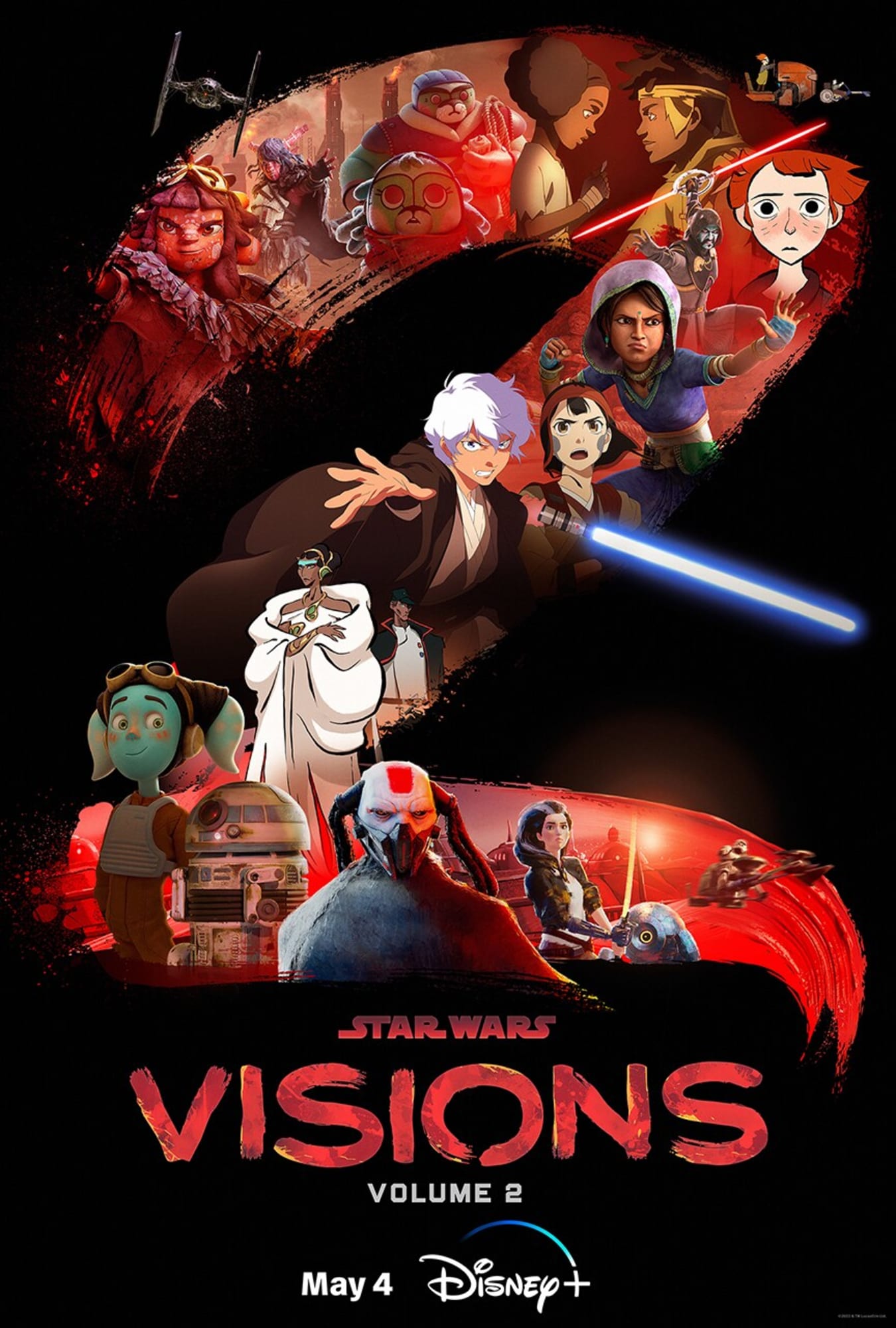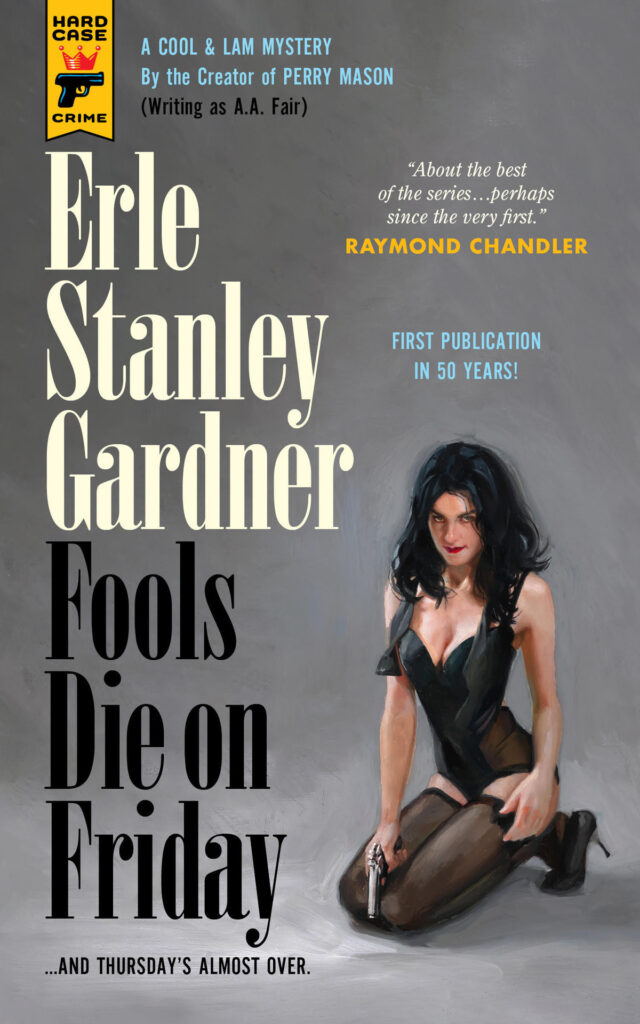
White House Plumbers is an American satirical political drama television miniseries created and written by Alex Gregory and Peter Huyck and directed by David Mandel, based on the 2007 book Integrity by Egil Krogh and Matthew Krogh. The 5-episode series stars Woody Harrelson, Justin Theroux, Domhnall Gleeson, Kiernan Shipka, and Lena Headey and it premiered on HBO on May 1, 2023. A new episode is released every Monday.
G. Gordon Liddy and his associate, Howard Hunt, who led the disastrous espionage operations later known as the Watergate scandal, considered their actions as patriotic. This miniseries from co-creators Alex Gregory and Peter Huyck presents the two wacky “Dirty Tricks” specialists motivated by their extreme loyalty to the country and President Nixon. But this leads to Liddy and Hunt’s shady and clumsy work with Daniel Ellsberg (The Pentagon Papers) leak and then the Watergate break-in. And their superiors, like Attorney General John Mitchell and White House Counsel John Dean, supported and funded them. In White House Plumbers John Dean is both a co-conspirator and accessory to the political shenanigans that later brought down Nixon.
Justin Theroux in his role of G. Gordon Liddy goes over the top with the tar-black, openly fake-looking mustache of Liddy. Theroux revels in the dangerous craziness of his character displaying the agent’s troubling love of Hitler’s speeches, guns, and propensity to keep his hand over a flame as a gesture of his trustworthiness and toughness.
Woody Herrelson delivers a blend of comedy and tragedy with his role as Howard Hunt attempting to rein in Liddy’s nutty actions. At the same time, Hunt’s family is in crisis and his financial problems increase. Herrelson’s controlled performance balances the wild escapades of Liddy.
I was surprised to learn the actual Watergate break-in was the FOURTH attempt by the Plumbers to access files in the Democratic National Committee (DNC) office. If you’re interested in the bizarre and twisted story of the Watergate break-in, White House Plumbers reveals the actual true events in all their humorous yet disturbing detail. GRADE: A–









